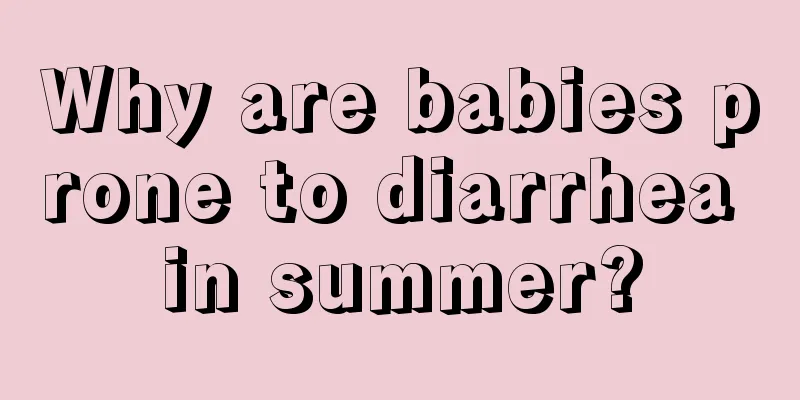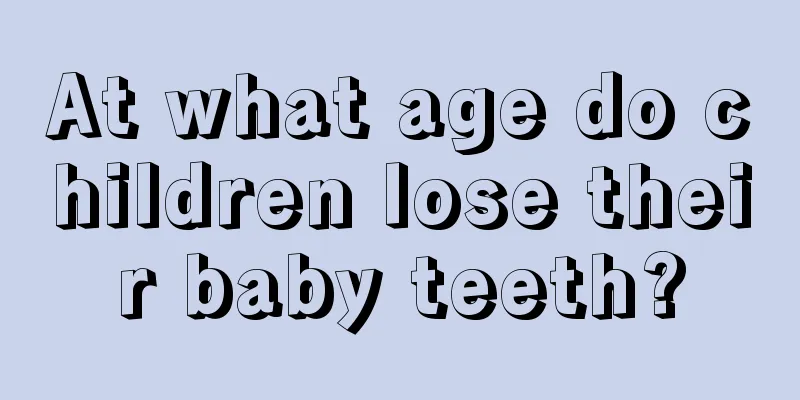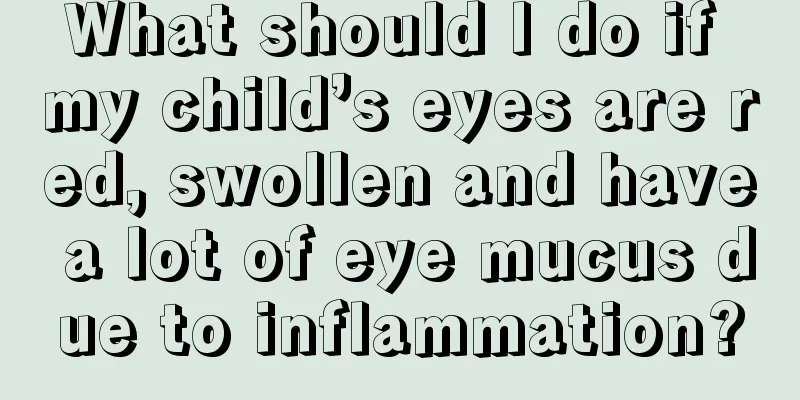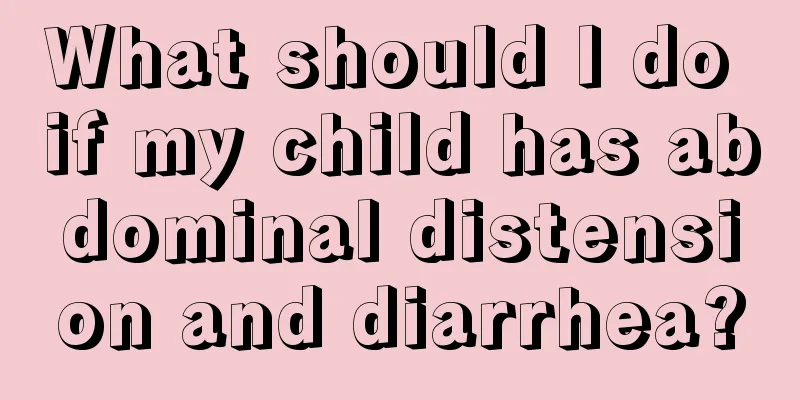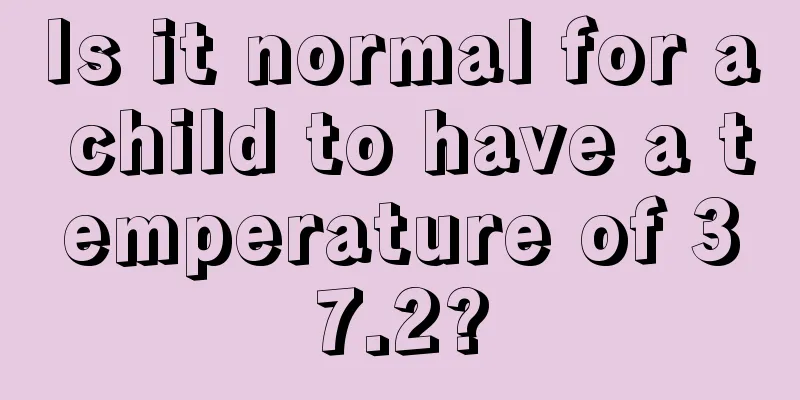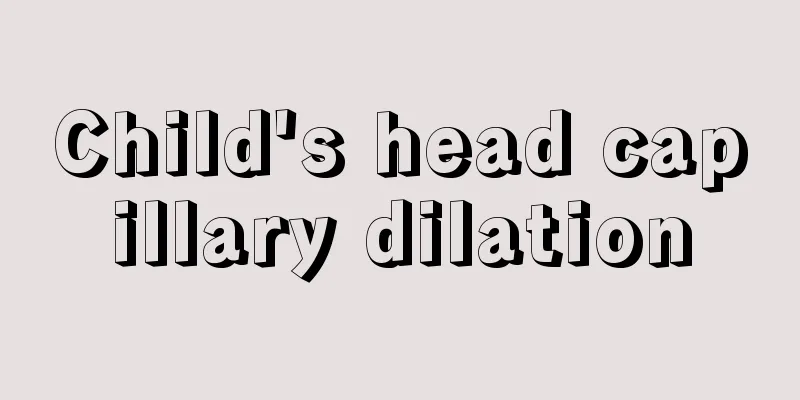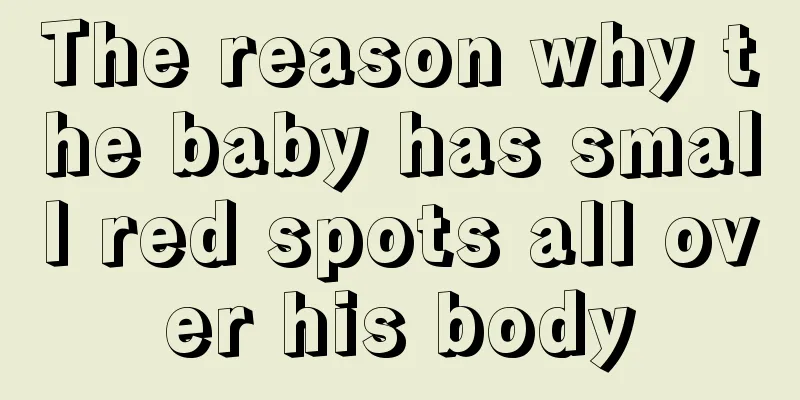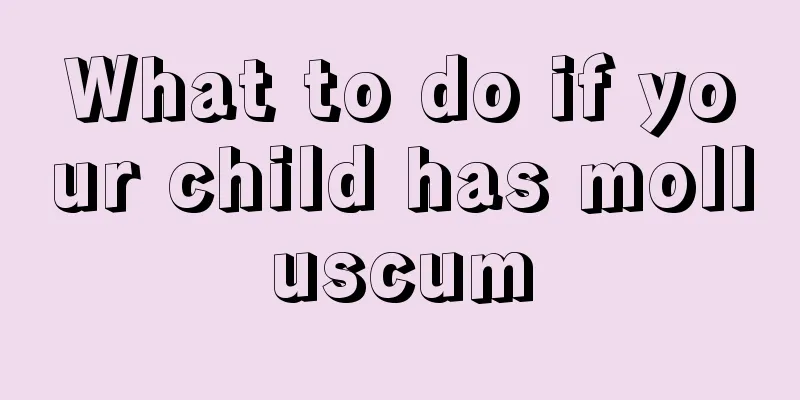What are the pros and cons of adenoids surgery in children?
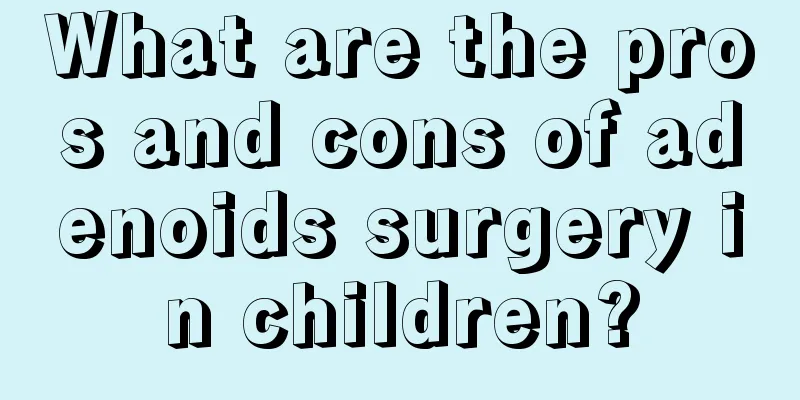
|
Adenoids also play a certain role in the human body. They are located behind the nasal cavity. Strictly speaking, adenoids do not exist alone, but belong to a type of lymphoid tissue and are closely related to the human body's immunity. However, for some children, enlarged adenoids may sometimes cause some problems. So, is pediatric adenoids surgery necessary for children? Adenoid tissue The adenoids are shaped like half a peeled orange, hidden in the back of the nasal cavity. They are the lymphatic tissue at the top of the nasopharynx and are one of the body's immune organs. Adenoids exist at birth, are largest around the age of 6, and generally begin to shrink after the age of 8-10. When a child's body resistance is reduced, such as when he or she catches a cold, the viruses and bacteria in the body will multiply rapidly, and external pathogens will take advantage of the opportunity to enter. The child is then prone to acute adenoids. If acute adenoids is not treated in time or recurs repeatedly, the adenoids may swell and block the posterior nasal cavity. In addition, local edema caused by allergic reactions can also cause adenoids hypertrophy. Such children are often accompanied by other allergic diseases, such as allergic asthma, allergic rhinitis, pollen (dust mites, cold air) allergies, etc. When do adenoids need to be removed? 1. If the child has enlarged adenoids and breathes with his mouth open during long-term sleep or normal times, or even has breath holding or wakes up due to holding his breath, and if rhinitis, nasal deformity, small mandible, or tongue prolapse is ruled out, then surgical treatment should be considered; 2. If a child with enlarged adenoids has rhinitis or allergic diseases, he should receive regular treatment and observe the efficacy. If the symptoms of nasal congestion and mouth breathing are significantly improved after treatment, surgery can be postponed. If the symptoms do not improve after treatment, or if the child must rely on nasal mucosa contraction drugs and the symptoms recur once the drugs are stopped, surgery is still needed. 3. If a child has enlarged adenoids and also has symptoms of sinusitis such as long-term purulent discharge, headache, and dizziness, the adenoids need to be surgically removed. Adenoidectomy is a pre-emptive treatment for chronic sinusitis in children. After adenoids removal, the local environment of the nasal cavity improves and sinusitis will gradually ease; 4. If the child has long-term secretory otitis media or recurrent acute otitis media, and nasopharyngeal endoscopy shows that the adenoids compress the Eustachian tube, then surgery is required even if the adenoids are not very large. Only surgery can free the pharyngeal opening of the Eustachian tube and improve middle ear ventilation; 5. Adenoids hypertrophy also has a certain seasonality. The symptoms will improve significantly in the summer every year, and will worsen in the autumn and winter every year. If the above symptoms recur for more than two years, surgery is also required. |
<<: How old can children eat soy sauce?
>>: What disease does it cause when a child has obvious protrusions of bones on his chest?
Recommend
Early manifestations of mentally retarded children
The baby's mental retardation should be disco...
Does a three-month-old baby know his mother?
Babies are the objects of their parents' love...
What to do if your baby has a fever and chills
It is very common for babies to have a fever in d...
Treatment of red pimples on children's body
Nowadays, it is not uncommon for children to have...
The reason why 2-year-old baby has yellow hair
In life, many parents will find that their baby&#...
How to deal with baby's burns and broken skin
Babies are lively and active, and they are very c...
What should I do if my child has a stiff neck while sleeping?
Stiff neck is a common problem. It will occur if ...
What are the medicines for treating fever and cold in children?
Nowadays, children are very important to every fa...
What are the developmental indicators for a 2-year-old baby?
Babies aged 2 years develop at a relatively fast ...
What is the reason for the blue veins on the child's temples?
Blue veins are the veins under our skin. Some peo...
Infant development indicators at each stage
Newborn babies are still relatively unfamiliar wi...
Eight-month-old baby's fontanelle is a little big
We may be unfamiliar with the fontanelle, which i...
Introduction to the development process of children from one to six months
Human beings themselves are very mysterious. From...
What medicine should children take for vomiting? Recommended by authoritative experts
If a child has symptoms of vomiting, the first th...
3-year-old baby has white spots on his face
A baby's face is generally smooth and fair. H...
